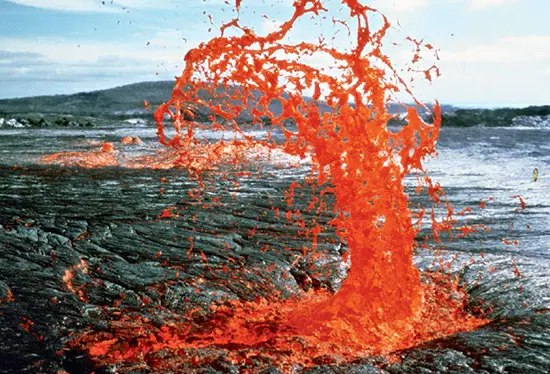Volcanic eruptions have been a part of human history for millennia, leaving their mark from ancient events like Mount Vesuvius in 79 AD to modern eruptions such as Iceland’s Eyjafjallajökull in 2010. These natural phenomena, while fascinating, pose significant risks to communities and can even influence global climate patterns. Recognizing the need for a standardized system to assess and compare the intensity of volcanic eruptions, scientists developed the Volcanic Explosivity Index (VEI) in 1982.
The VEI serves as a crucial tool in volcanology, categorizing eruptions based on the volume of materials ejected and the height of the eruption column. This scale ranges from 0, indicating non-explosive, steady lava flows like those seen in Hawaii’s Kilauea and Mauna Loa volcanoes, to the extreme level of 8, representing rare, colossal eruptions with plumes exceeding 12 miles (20 kilometers) and significantly impacting the global climate.
Eruptions with VEI values between 0 and 3 are frequent occurrences, usually with local effects. However, those falling in the 4–5 range, like the infamous Vesuvius eruption, can have broader regional impacts, dispersing ash and affecting weather patterns. The most catastrophic events, rated 6 to 8 on the VEI, are rare but can cause extensive local devastation and alter global climate conditions.
This index provides a valuable framework for understanding the potential impact of volcanic events, aiding in disaster preparedness and response efforts. By quantifying the explosivity of volcanoes, the VEI helps scientists, emergency responders, and communities gauge the risks associated with these powerful natural phenomena.

